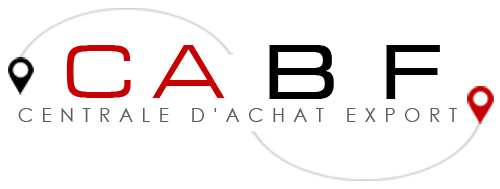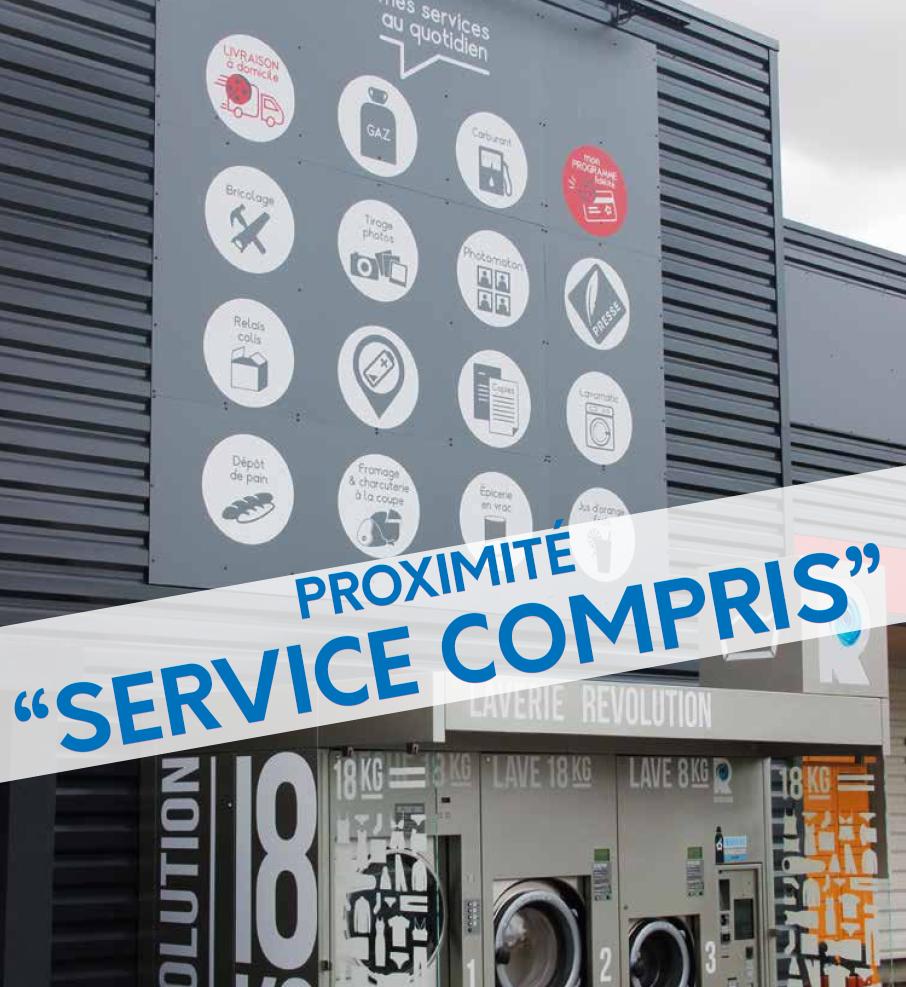
In an increasingly digitized world, adaptability becomes essential. Although in good shape, local businesses must find new resources to face this competition that online commerce now represents, which is complementary for the moment but continues to gain ground.
If convenience remains the main reason why an increasing number of consumers choose to do their grocery shopping online, your local businesses, by betting on their human dimension, can offer services designed to make life easier for your customers.
This offer, more difficult to apply digitally (except for delivery), allows differentiation and performance improvement. Indeed, by making your store a living space where, beyond a simple shopping journey or having quality food suppliers, your customers will find all the services they need, you will provide a complementary response to the major changes generated by the technical innovations to which they are increasingly attached.
This is how you will remain competitive and increase your turnover. The development of services in your points of sale, therefore, becomes essential. They almost act as loss leaders. But what services to choose and how to implement them?
Proximity: A Choice Argument
The local store attracts an increasing number of consumers looking for practicality, economy, time-saving, and naturalness. It has even become a priority marketing argument on which all brands are positioning themselves with great communication and budget efforts. The time of the convenience store is over. Consumers have raised their level of demand and expect the following basic contract in all cases:

But if you really want to stand out, stay competitive, sustain your business, offer something other than a simple shopping journey, a 5th block must be added, the SERVICE! Time-consuming sometimes, often free, they remain significant traffic generators and sources of notoriety and reputation.
The goal remains simple: make life easier for customers while attracting people who would not necessarily have come to this store and retaining those who would have preferred the neighboring shopping center.
The range of possibilities being wide, each service must be carefully selected to be truly adapted to its catchment area and its clientele and will be carried out with professionalism even if it means doing less. Review of services classified into 10 themes.
The Ten Essential Services for a Food Supermarket
1. Supermarket opening Hours
The goal? Allow consumers to shop without worrying about checking the hours.
In itself, the extended hours of a store, especially if it exceeds that of direct competitors, and precedes the opening of schools and offices, is already a service. But the wider it is, the more the various services offered by the store can be operational with customers.
Relying on a team of eight employees, the Gennevilliers coccimarket opens its doors every day at 7 a.m. “Fresh bread, pastries, coffee and juice machines, not to mention the availability of the main daily newspapers, attract many customers.” By closing its doors at 11:30 p.m., or even midnight on Fridays and Saturdays, the Gennevilliers residents also know where to go shopping in the evening when returning from work late without worrying about the hours.
2. Delivery
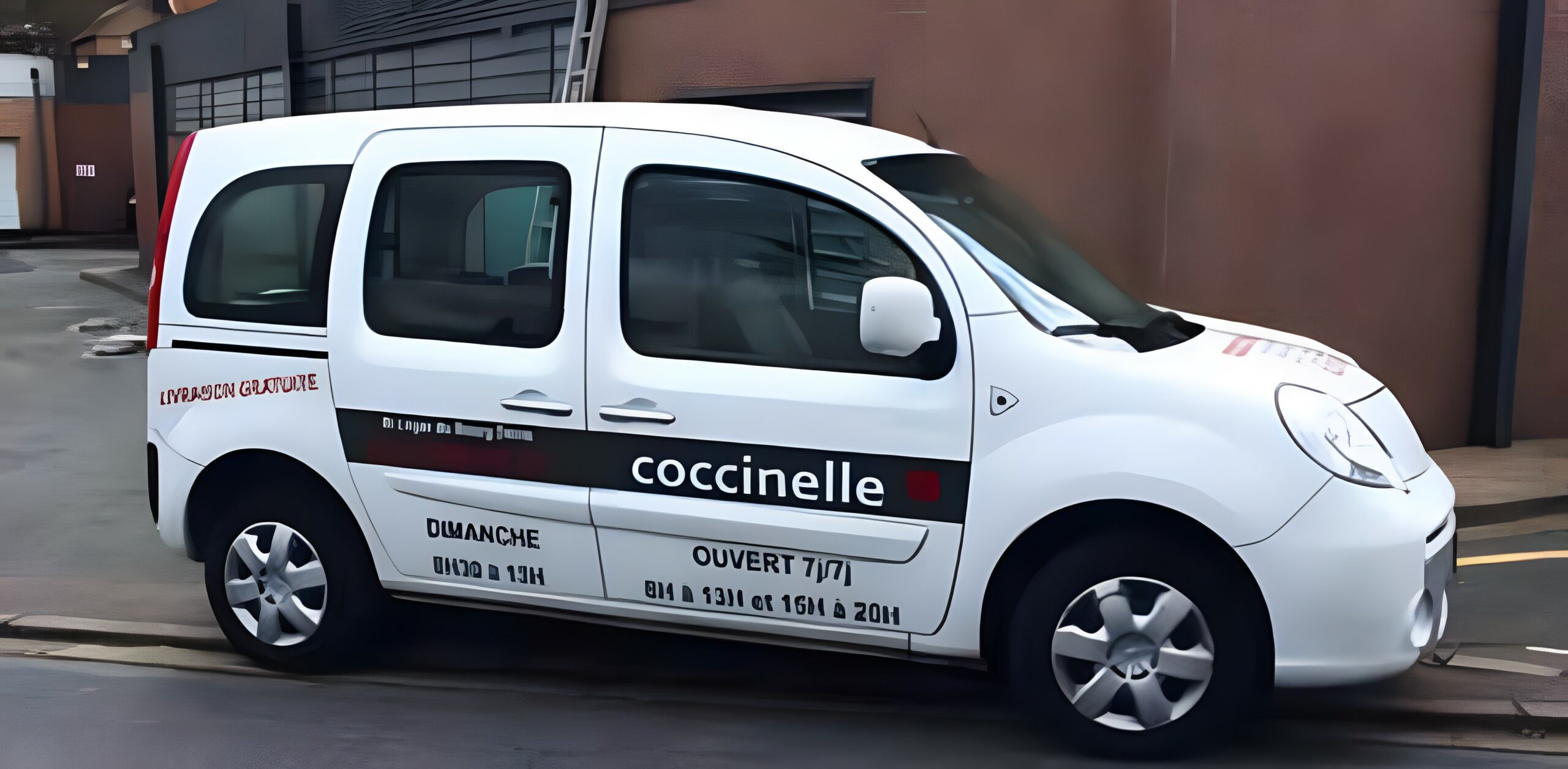
The goal? Allow consumers to have home delivery.
A service particularly expected by people with transportation difficulties (elderly, disabled…), or simply lacking time (professionals, associations, communities…). The average baskets generated by this service are generally much higher.
The classic team method
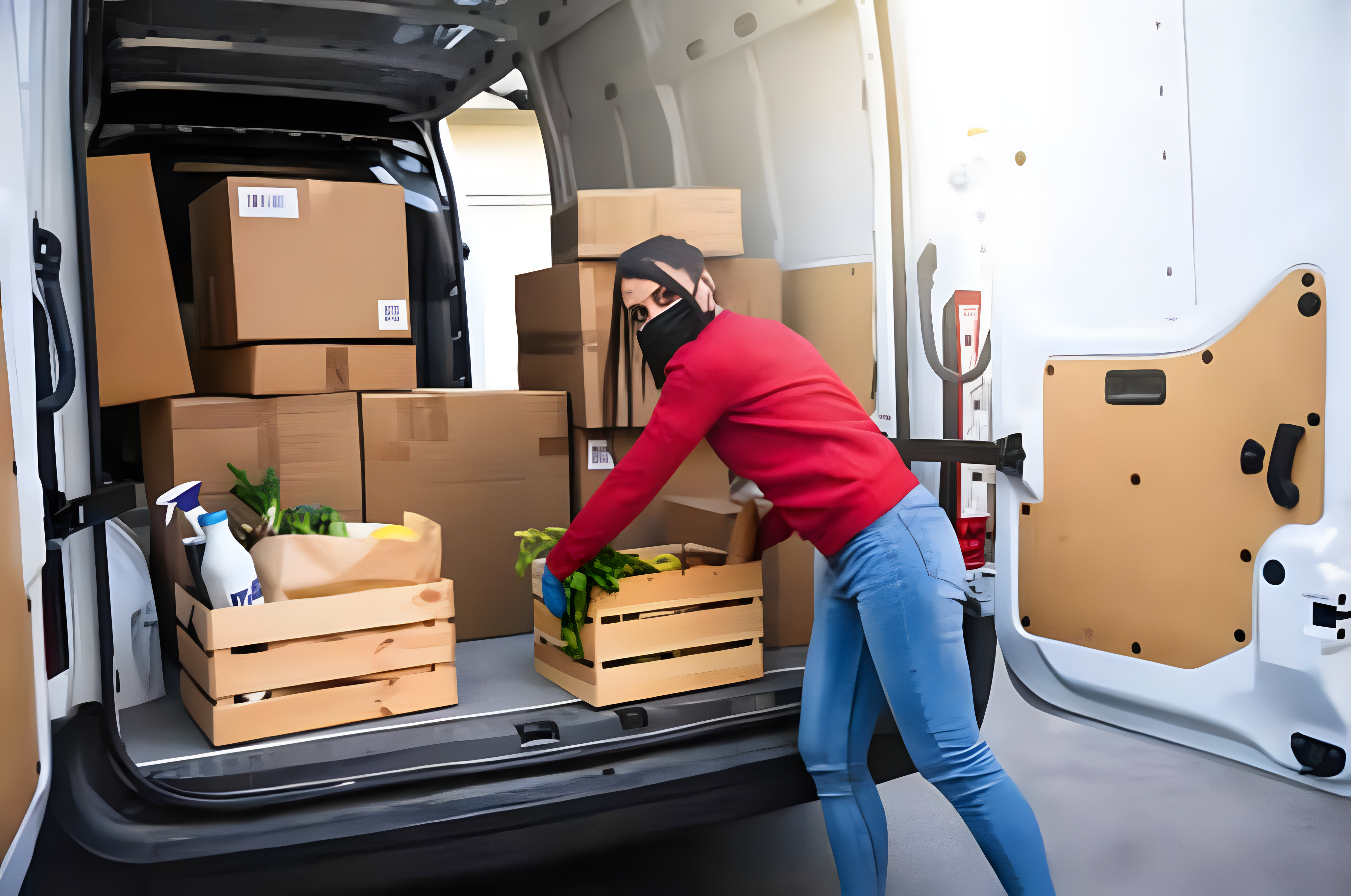
Either the customer can move and leave his cart in the store, or he places his orders by phone. Some tips for success…
- Provide a suitable vehicle (van, if possible refrigerated, cargo bikes or even tricycles for large cities…).
- Dedicate an employee to maintain the trust relationship with delivered customers.
- Delimit the delivery radius and optimize its routes.
- Define a minimum purchase amount.
- Define delivery time slots to be more efficient and make this service less time-consuming.
- Provide refrigerated storage
This is a service particularly expected by people with transportation difficulties (elderly, disabled…), or simply lacking time (professionals, associations, communities…). The average baskets generated by this service are generally much higher.
The online method Click and Collect via specialized providers
It consists of buying goods via a toll-free number or a website (the store’s website, delivery platform like Uber Eats, Deliveroo, Stuart, Tut-Tut…) to then come and pick them up in the store (drive principle), outside opening hours or even have them delivered. Some of you offer this solution. However, it requires flawless technical mastery and organization.
Recommended in large cities and areas with high population density.
3. Payment
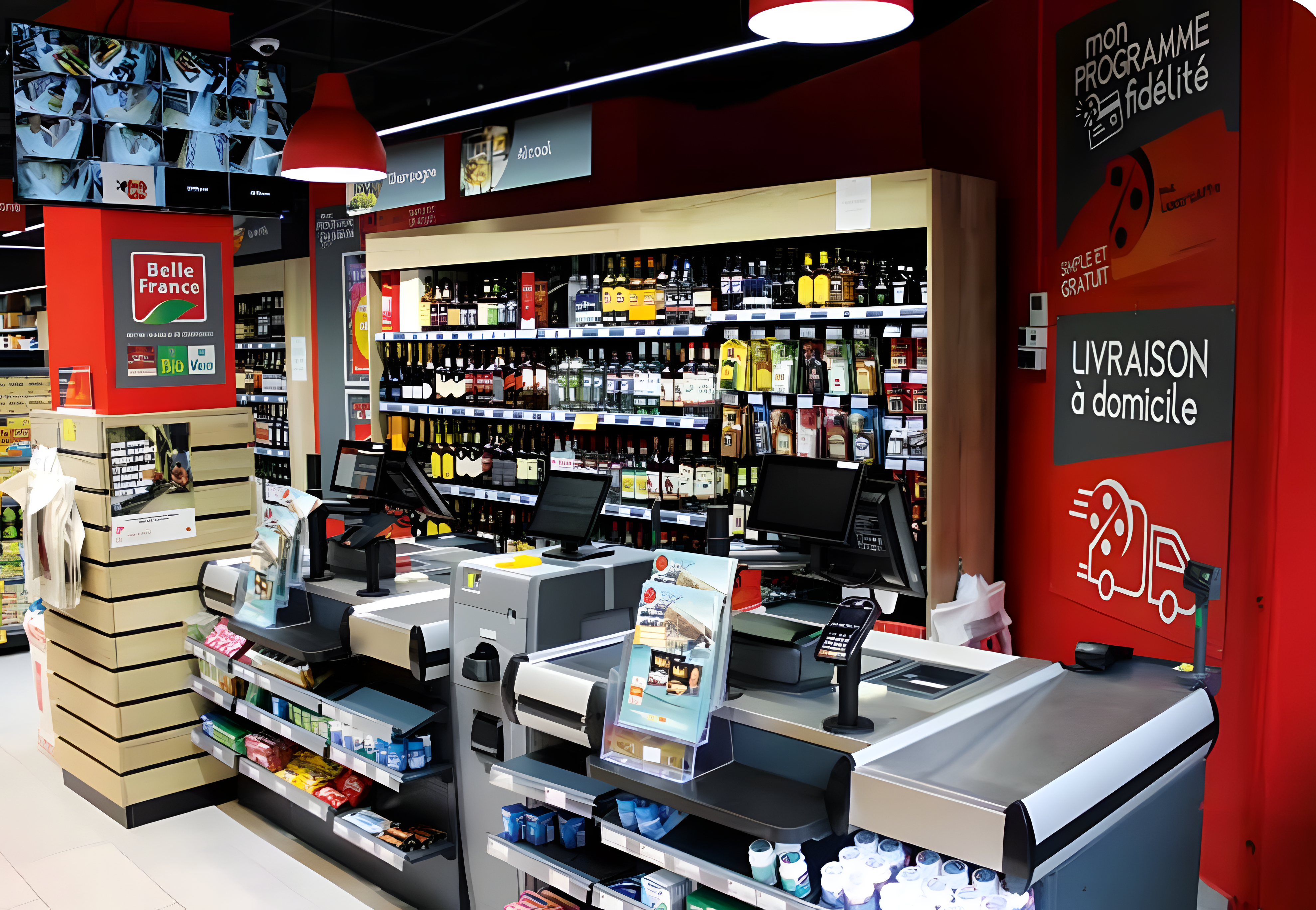
The goal? Allow consumers to pay simply and quickly.
The adoption of different payment solutions allows accommodating a maximum of customers and optimizing the flow at the checkout during peak hours. The basics:
- paper and dematerialized restaurant vouchers;
- payment via smartphone (Apple Pay…);
- automatic coin changers;
- automatic checkouts favored for small baskets during peak hours and in seasonal areas. They require the presence of an employee to ensure the smooth running of payments.
4. Ancilliary products
The goal? Allow consumers to find everyday products when no other business offers them.
More often intended for rural points of sale, these services require the assembly of often quite strict files required to obtain accreditation (customs for tobacco…), or even mandatory training sessions (alcohol after 10 p.m.).
For others, such as flowers or fresh fish, a partnership with a professional (wholesaler, retailer) is recommended. Among these services, we mention:
- Newspaper s;
- tobacco ;
- the FDJ ;
- the PMU ;
- Flowers ;
- bread baked on site (hot spot) or on deposit – pastries;
- the rotissery;
- fresh fish;
5. A true living space
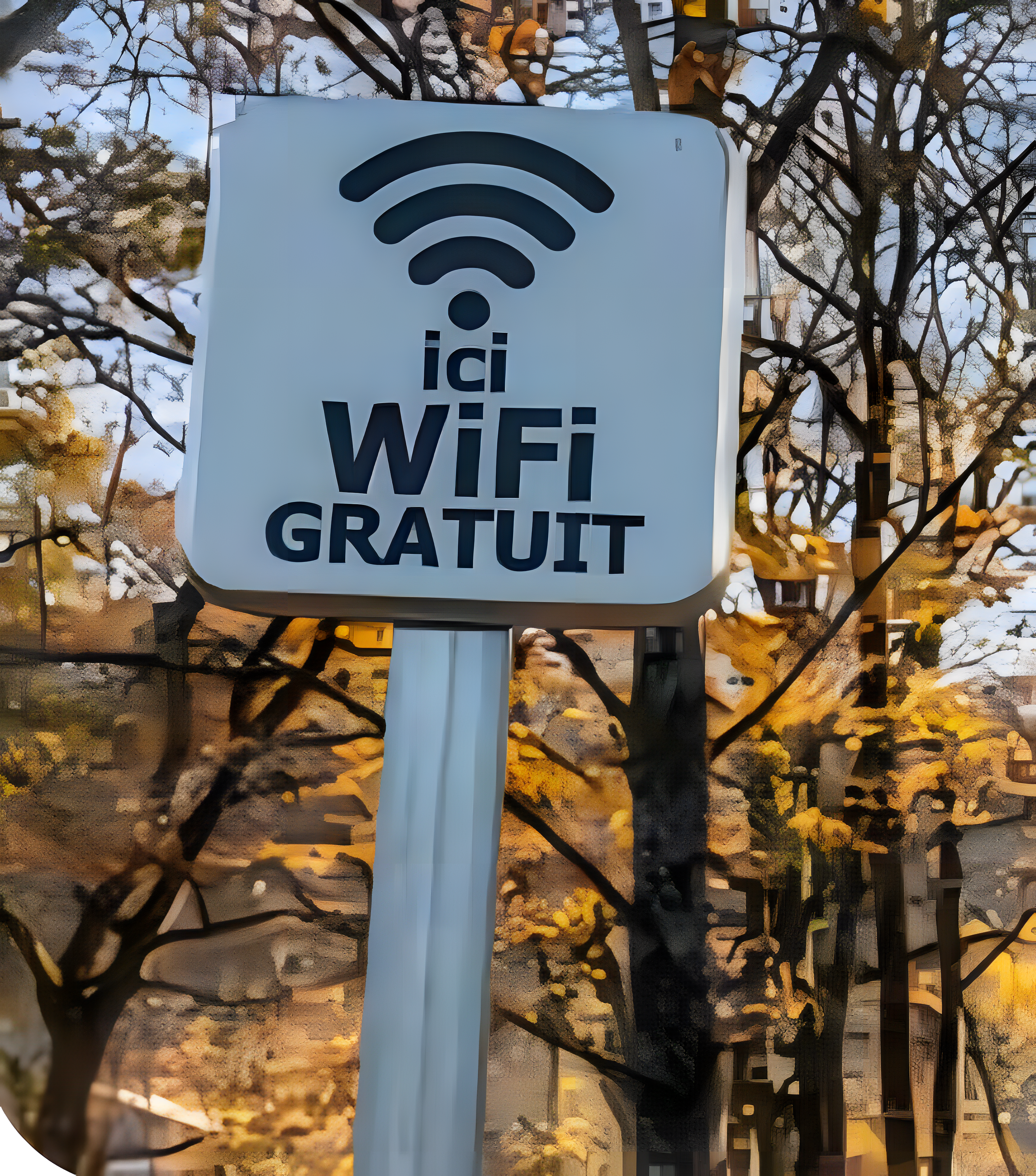
The goal? Allow consumers to relax in a friendly atmosphere and make the store a living space.
If the presence of services in local businesses makes life easier, they can also become actors of conviviality. This is the role of spaces devoted to relaxation and catering. A warm decor, near the press (if offered), the local information board, and adapted equipment:
- A microwave oven;
- Coffee machine;
- A juicer;
- A counter with stools;
- High tables;
- wifi;
- water fountain;
will make it a place where your customers will enjoy meeting.
6. The Relay Point
The goal? Allow consumers to pick up/drop off products purchased outside the store (e-commerce) in the store.
The relay point (Pick-Up, Mondial Relay, and Relais-Colis for the most famous) is a real traffic accelerator but requires storage space and a squared organization to be efficient and effective.
7. “Public” services
The goal? Allow consumers to carry out daily administrative or financial operations at the bottom of their home in areas that are becoming deserted.
Areas lacking the main public services (Post Office, Treasury), bank branches, and others are concerned. Like the ancillary services that require the preparation of a solid file (see chapter 4), the following are potentially eligible in the store…
- The Post Office relay. This can range from the simple sale of stamped envelopes and tax stamps to mail management (registered mail…) and parcels.
- The ATM instead of a specific bank (green point of Crédit Agricole, blue point of Crédit Mutuel…). Be careful, this service requires reinforced infrastructure related to security.
- The ATM.
- The photomaton for official identity photos.
- Money transfer like RIA or Western Union counters (funds transfer abroad) which can be interesting for stores with a large part of foreign customers.
Concierge service
The goal? Allow consumers to access everyday services at the bottom of their home in areas that are becoming deserted.
Similar to the role of a hotel concierge, we are here very close to personalized service, i.e., assistance that offers customers to do for them, or help them do, different types of daily services. The possibilities are almost endless.
It goes as far as childcare! Finally, the relationship has its place here. You know a caterer, a hairdresser, a plumber… Your role as an intermediary will be all the more appreciated.
For the most requested services, we mention:
- dry cleaning;
- shoemaking;
- key making;
- printer/photocopier;
- photo printing and photobooth;
- clothing alterations
- key lockers to be deposited for Airbnb type rentals;
- lending of objects (tools, kitchen);
- bulletin board for classified ads.
9. Parking

The goal? Allow consumers to access everyday services autonomously, 24/7, and at the bottom of their home in areas that are becoming deserted.
- Automatic laundry
- Gas
- Vending machines (pizzas, bread…)
- Gas station
- Car washing station
- Vehicle maintenance (vacuum cleaner, tire inflation…)
- charging station for electric vehicles
Exterior services require several criteria to be implemented, including often significant investment. A market study with a return on investment is advised before undertaking their implementation.
They also require operational autonomy, and therefore well-established maintenance contracts with suppliers, so as not to monopolize an employee’s work, but also not to find oneself in a bind in the event of a malfunction.
Easier to implement and increasingly requested, automatic laundries are machines (washing and drying) that can accommodate large volumes of laundry that cannot always be treated at home. They are often used while the customer is shopping.
10. Citizen services
The goal? Have a positive impact on the environment and society.
Recycling bins
French regulations require battery sellers to have a dedicated recycling bin in the store. To complete this device by collecting other objects (bulbs, small appliances…), you can consult the site ecosystem.eco. Finally, if the store has parking, it is possible to approach the town hall to set up containers for specific recycling (glass, clothing…).
Anti waste
It’s necessarily good for the store’s image. By installing a dedicated bin for fresh products whose DLC expires very soon (with a discount on the price), you contribute to throwing away less food. It is also possible to approach charitable organizations (Restos du Coeur, Secours Populaire…) that come to collect perishable goods. Finally, internet applications like Too Good To Go allow you to easily value unsold items.
